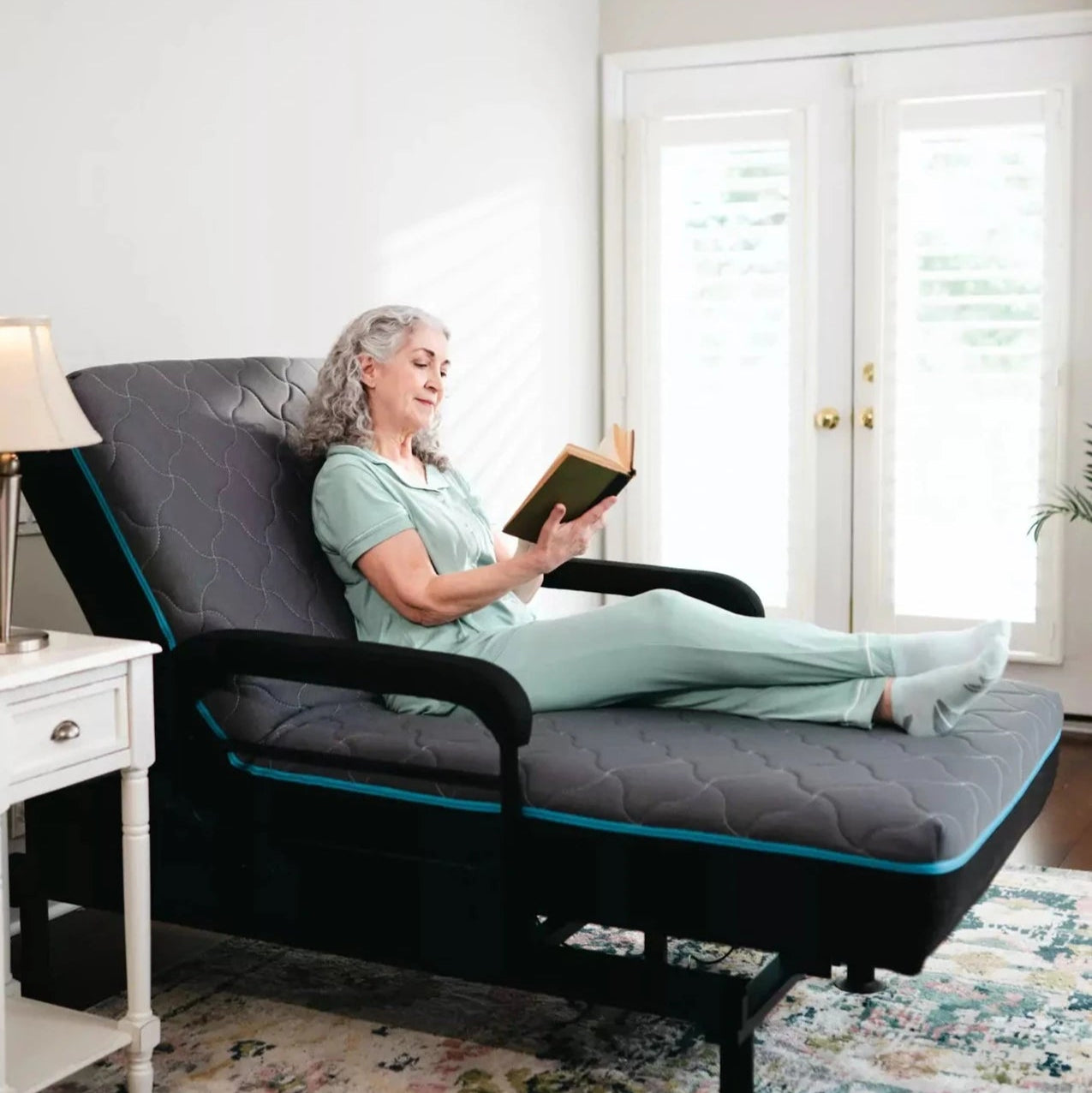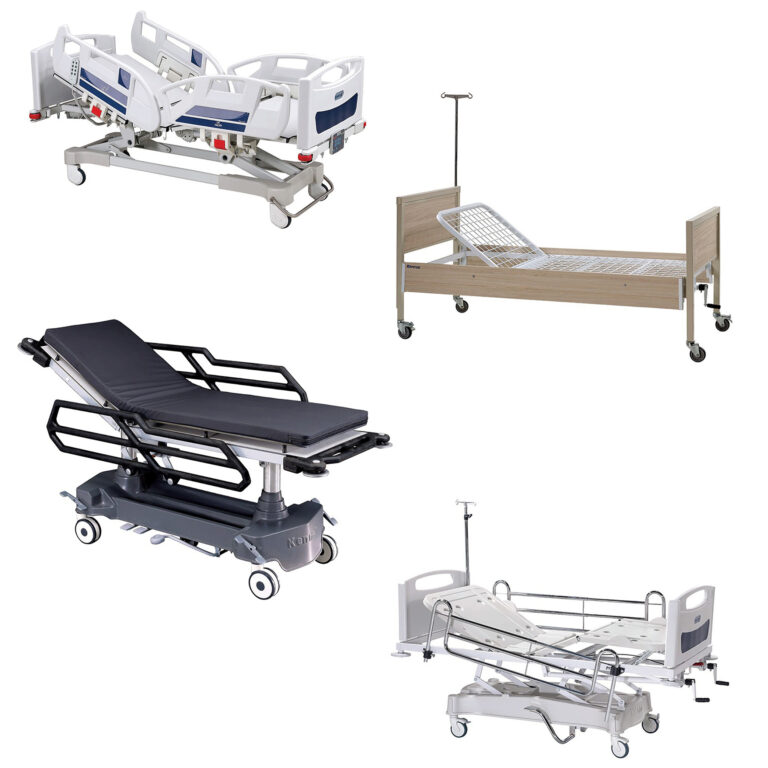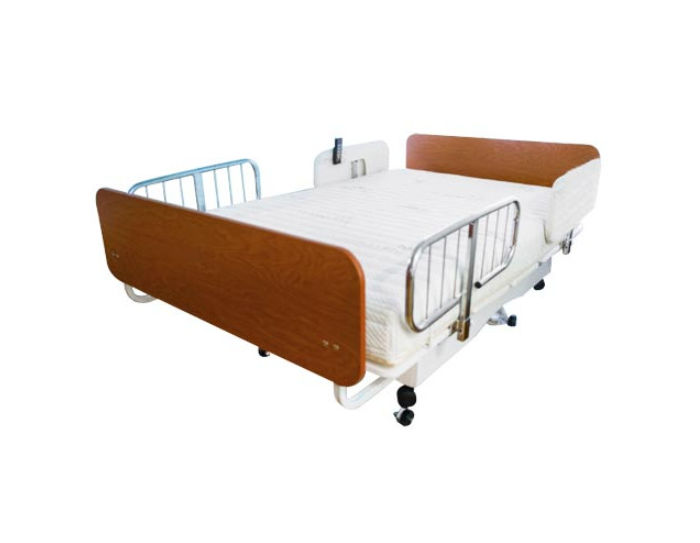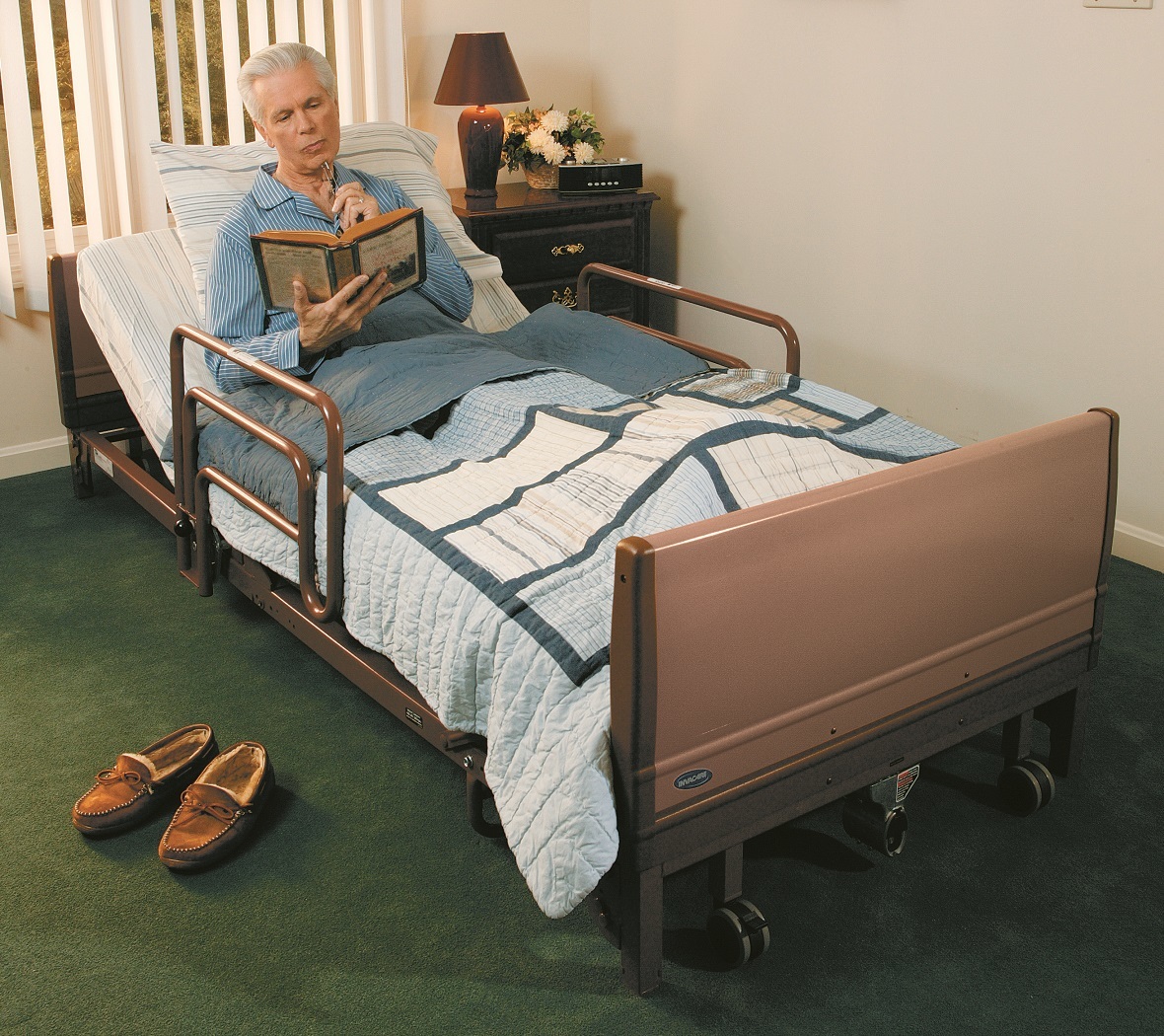Little Known Facts About Hospital Beds For Home Use.
Little Known Facts About Hospital Beds For Home Use.
Blog Article
The 9-Minute Rule for Hospital Beds For Home Use
Table of ContentsThe Main Principles Of Hospital Beds For Home Use Not known Details About Hospital Beds For Home Use Hospital Beds For Home Use Fundamentals ExplainedThe Main Principles Of Hospital Beds For Home Use Top Guidelines Of Hospital Beds For Home UseSome Ideas on Hospital Beds For Home Use You Need To KnowHospital Beds For Home Use for Beginners
There are three primary kinds of healthcare facility beds: manual, semi-electric, and fully-electric. These beds utilize hand cranks to readjust the bed's elevation and raise and lower the head and the foot.
Semi-electric beds have an electrical motor to increase and reduce the head and foot parts of the bed (hospital beds for home use). Full-electric beds have an electrical motor that can increase the head and foot sections of the bed as well as the whole elevation and positioning of the bed.
Facts About Hospital Beds For Home Use Revealed
Some models can also relocate into even more settings, such as the Trendelenburg (tilt) position. There are numerous kinds of health center beds, each made to satisfy specific person requirements. Here are some usual types: This is one of the most typical kind of health center bed, developed for general clinical usage. It has a handbook or electrically flexible headrest, footrest, and elevation.
Reduced to the ground than a basic bed. This type of bed is developed for larger individuals, with a bigger frame and higher weight capability than a common bed.
This kind of bed is designed for critically unwell patients who require open tracking and specialized medical devices such as ventilators and mixture pumps. This kind of bed is made for usage throughout labor and distribution, with flexible placements and features to sustain the mother and baby during the birth process.
Hospital Beds For Home Use Fundamentals Explained
Several function and the devices do broadening traction to various components of the vertebra and the extremities without moving the body. These are simply a few instances of the kinds of healthcare facility beds offered. The particular sort of bed utilized will rely on the individual's condition, clinical requirements, and other variables.
Right here is the important things you require to understand. A one-function medical facility bed is a clinical bed that allows a person to move only the head or foot section up or down. A 2 function medical facility bed generally describes a type of clinical bed that has two flexible functions to aid clients in hospitals or treatment facilities.

Some Ideas on Hospital Beds For Home Use You Need To Know
A 7-function ICU bed is a type of medical bed that provides several adjustable functions to support seriously sick people in an extensive care system (ICU) (hospital beds for home use). The 7 functions normally consist of: Back-rest change: The back-rest can be readjusted to numerous angles to assist the individual rest up or exist down easily
Elevation modification: The bed can be increased or reduced to make it much easier for individuals to get in and out of bed, and for caregivers to offer care. Trendelenburg position: The whole bed can be slanted to advertise blood flow and circulation in the body. Reverse Trendelenburg position: The bed can also be slanted in the opposite direction to advertise blood flow and circulation in the top body.
1. What Dimension is a Health Center Bed? 2. Just how much Does a Health Center Bed Expense? 3. Why Do Healthcare Facility Beds Have Side Rails? 4. What Are The Main Health Center Bed Components?. While more economical than electric versions, these beds need exertion for changes. The primary advantages of hand-operated beds are their cost and dependability, as they do not count on electrical power. The requirement for manual initiative can be a limitation in scenarios where quick changes are required or where caretakers deal with physical obstacles.
The Of Hospital Beds For Home Use
Semi-electric medical facility beds provide a balance of handbook and electric controls. These beds offer a suitable center ground in between guidebook and totally electrical options, providing ease of use without the full cost of electric models.
Semi-electric beds are well-suited for patients that require modest modifications to the head and foot sections but can manage without constant elevation modifications. This makes them an economical option for those seeking comfort and convenience without the need for constant repositioning. Totally electrical healthcare facility beds feature electrical controls for seamless modifications to the height, head, and foot click site areas.
Specialized medical facility beds, such as ICU beds, long-term treatment beds, and bariatric beds, are very carefully developed to address specific clinical needs. These beds supply customized take care of varied client groups, boosting both outcomes and convenience. In the complying with sections, we will certainly explore the major sorts of specialized healthcare facility beds, outlining their details benefits and applications.
With years of experience in making electric direct actuators - hospital beds for home use and close collaboration with the medical care market, TiMOTION is well-positioned to give trusted health care visit our website remedies. Our vertically incorporated company takes care of every step of the production process, from style to actuator assembly, ensuring we supply extraordinary worth and personalized solutions tailored to your details needs
Getting My Hospital Beds For Home Use To Work

For more information about integrating these innovations into your items, call us today. More reading:.
Information is sourced from the Medicare Expense Record.

Top Guidelines Of Hospital Beds For Home Use
A medical facility bed is a bed made especially for clinical objectives. It is not just a place for individuals to rest, however additionally a system for medical procedures. Unlike ordinary home beds, health center beds typically have adjustable features, which can help with clinical personnel to make different changes according to the demands of people, such as transforming the elevation, inclination, and support angle of the back and legs of the bed.
Report this page